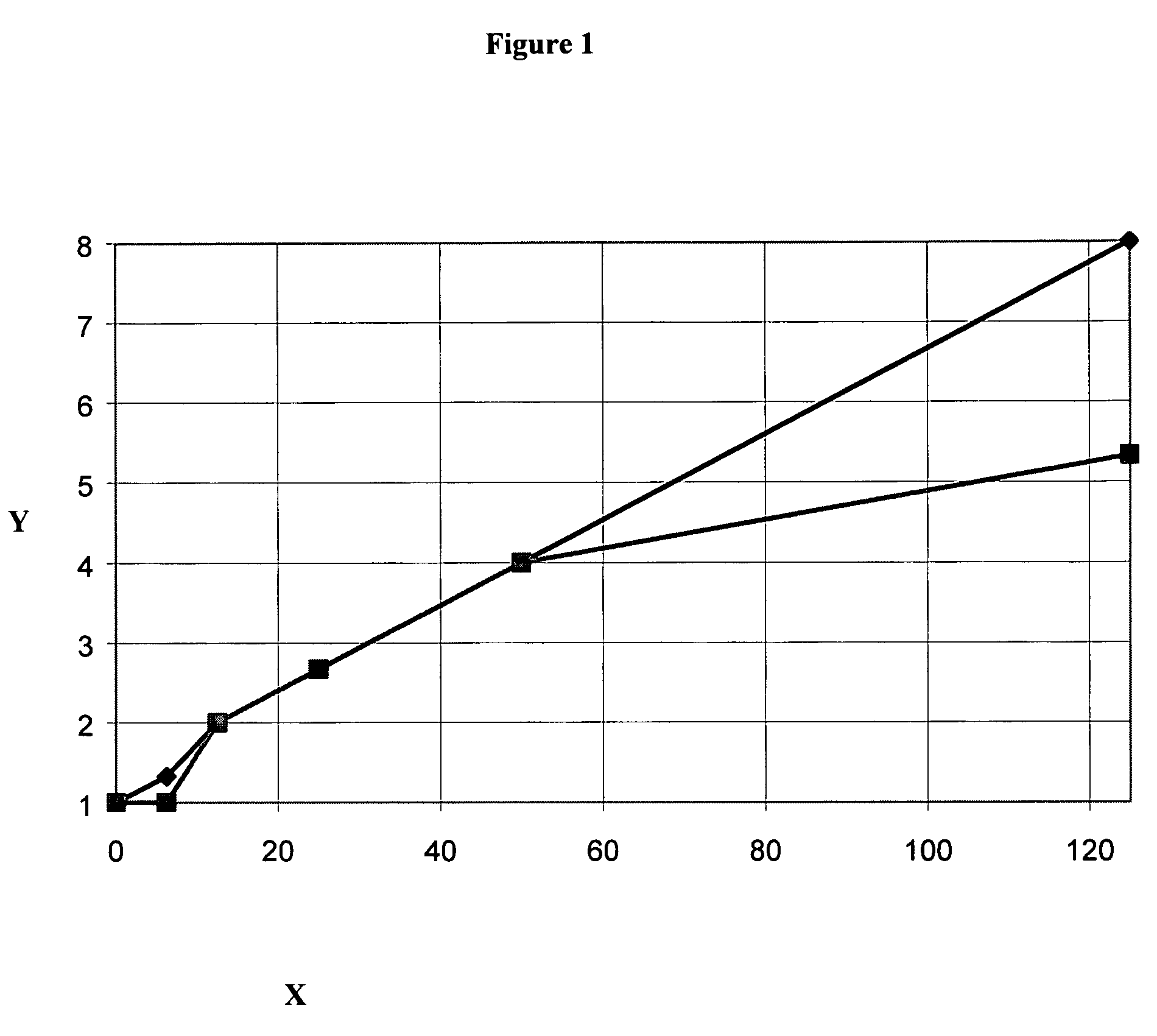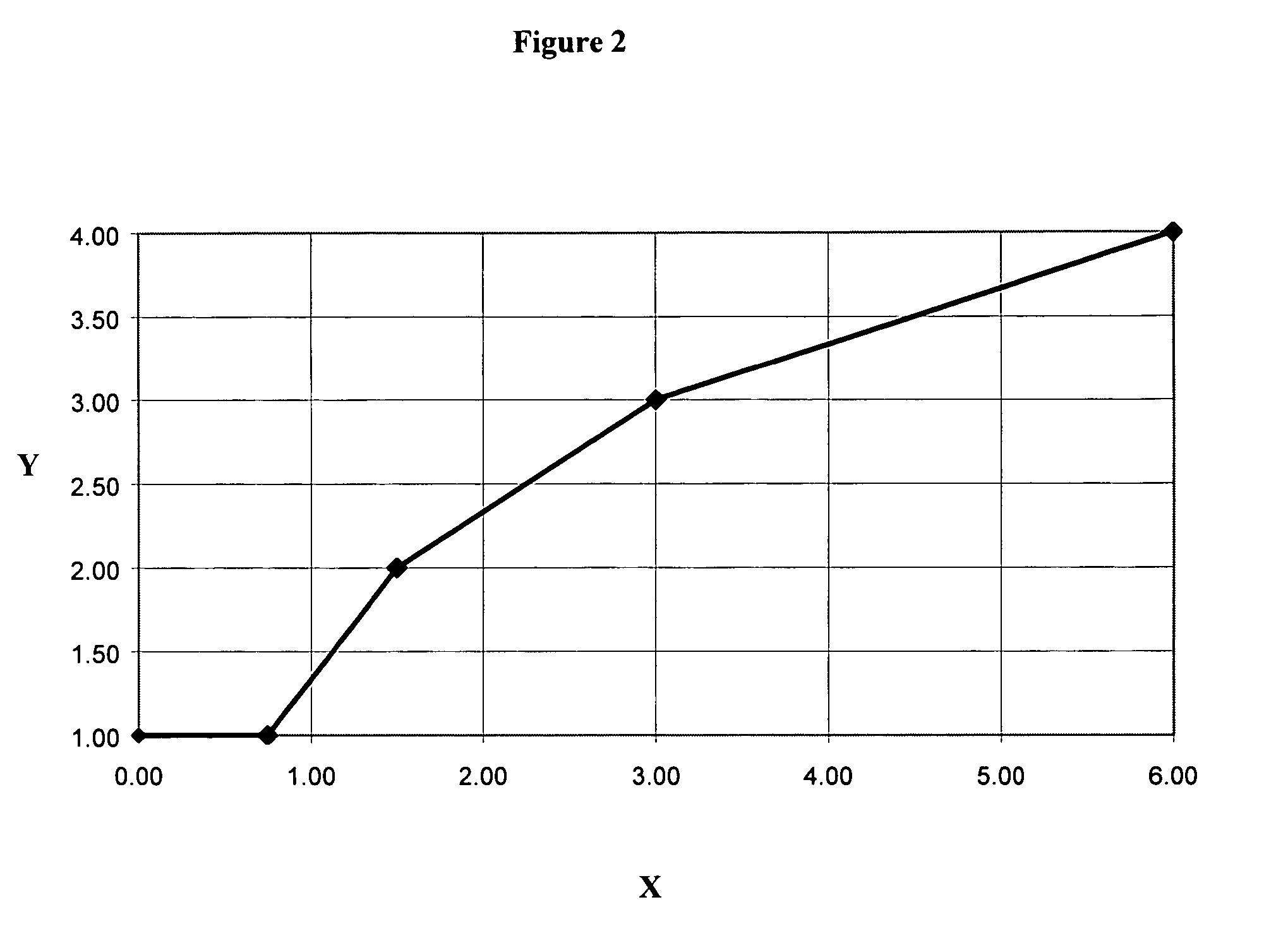Pyridinium-Betain compounds for use as taste modulators
a technology of pyridinium betain and compounds, which is applied in the direction of heterocyclic compound active ingredients, biocide, sweetmeats, etc., can solve the problems of fragmentary information available on culinary taste or taste modification compounds generated during thermal food processing, and little information about compounds generated by maillard reactions
- Summary
- Abstract
- Description
- Claims
- Application Information
AI Technical Summary
Benefits of technology
Problems solved by technology
Method used
Image
Examples
example 1
Synthesis of N-(1-carboxyethyl)-3-hydroxy-6-hydroxy-methyl-pyridinium inner salt [Alapyridaine]
[0033]Preparation method I: From glucose and L-alanine in water. A solution of D-glucose (200 mmol) and L-alanine (400 mmol) in phosphate buffer (400 mL; 1.0 mol / L, pH 5.0) was heated under reflux for 30 min. After cooling to room temperature, the aqueous solution was extracted with ethyl acetate (3×100 mL), the aqueous layer was freeze-dried, the residue obtained was taken up in water (20 mL) and then separated by column chromatography (4×20 cm) using RP-18 material (LiChroprep 25–40 μm) as the stationary phase and a mixture (97 / 3, v / v) of ammonium formate (10 mmol / l, pH 8.2) and methanol as the mobile phase. Monitoring the effluent at 252 nm, the target compound was eluted between 140 and 190 mL. After freeze-drying and rechromatpgraphy, Alapyridaine (1.2 mmol, 0.6% yield) was obtained with a purity of more than 95%.
example 2
Synthesis of N-(1-carboxyethyl)-3-hydroxy-6-hydroxy-methyl-pyridinium inner salt [Alapyridaine]
[0034]Preparation method II: From 5-(hydroxymethyl)-2-furan-aldehyde (HMF) and L-alanine. A solution of HMF (47.5 mmol) and L-alanine (40 mmol) in water / ethanol (1 / 1, v / v, 60 ml) was adjusted to pH 9.4 with a conc. sodium hydroxide solution (measurement run over 45 min) and then refluxed. After 24 h and 48 h, HMF (8 mmol) was added and refluxing was continued. After 72 h the reaction mixture was cooled to room temperature and freed from solvent in vacuo (45 mbar). The residue was taken up in water (30 mL), and the aqueous phase was extracted with ethyl acetate (3×50 mL). Aliquots of the aqueous phase were applied onto the top of a water-cooled glass column (4×30 cm) filled with a slurry of RP-18 material (LiChroprep 25–40 μm) in formic acid (0.1% in water). Using the same solvent mixture as the mobile phase and monitoring the effluent at 300 nm, the target compound was eluted between 280 a...
example 3
Synthesis of N-(1-carboxyethyl)-3-hydroxy-6-hydroxy-methyl-pyridinium inner salt [Alapyridaine]
[0041]Preparation method III: From β-fructose and L-alanine. First step, Synthesis of 5-hydroxymethylfurfural (HMF). In a flask equipped with a reflux condenser 10.0 g (55 mmol) of D-fructose, 10.0 g of Amberlist 15 resin and 2.0 g of triethylamine hydrochloride are stirred in 150 mL of n-butyl acetate and 5 mL of water. The reaction is heated at 100° C. under a nitrogen flux over a period of 2.5 h. The reaction mixture is cooled to room temperature, decanted and the organic layer is concentrated under reduced pressure to yield after filtration over neutral alumina (petroleum ether / EtOAc, 3 / 2) 3.3 g (26 mmol, 52% in yield, >80% purity) of 5-hydroxymethylfurfural (HMF), which is used without further purifications.
Analytical Data of HMF:
[0042]GC / MS(EI): Identical MS spectrum as compared to the reference material of HMF. Also the GC retention time of the HMF prepared was identical to that of ...
PUM
| Property | Measurement | Unit |
|---|---|---|
| Dimensionless property | aaaaa | aaaaa |
| Dimensionless property | aaaaa | aaaaa |
Abstract
Description
Claims
Application Information
 Login to View More
Login to View More - R&D Engineer
- R&D Manager
- IP Professional
- Industry Leading Data Capabilities
- Powerful AI technology
- Patent DNA Extraction
Browse by: Latest US Patents, China's latest patents, Technical Efficacy Thesaurus, Application Domain, Technology Topic, Popular Technical Reports.
© 2024 PatSnap. All rights reserved.Legal|Privacy policy|Modern Slavery Act Transparency Statement|Sitemap|About US| Contact US: help@patsnap.com










